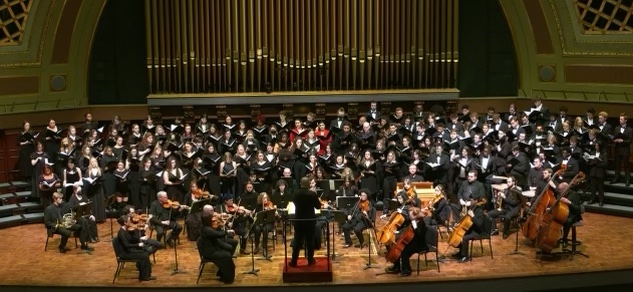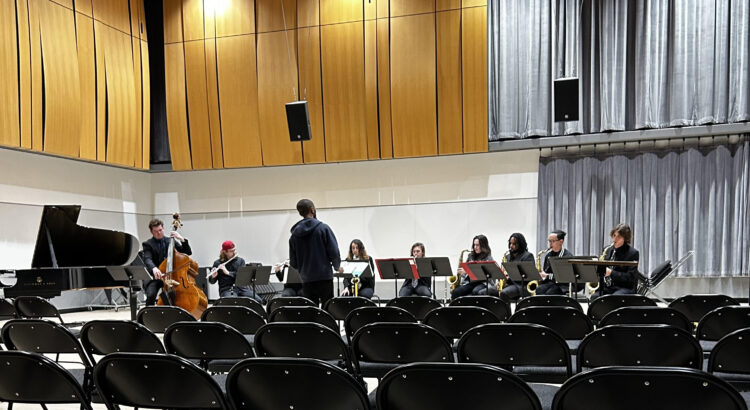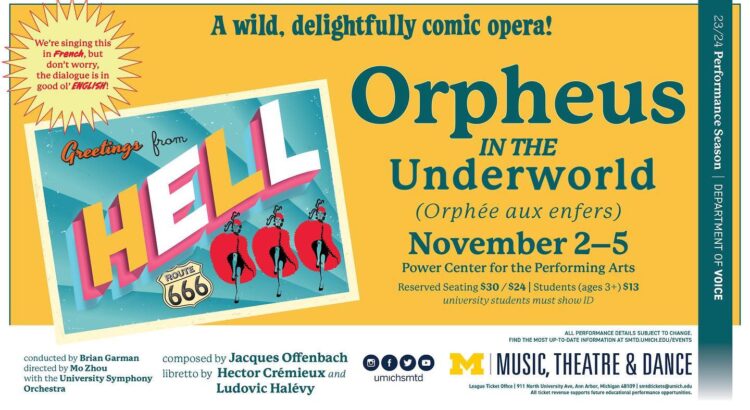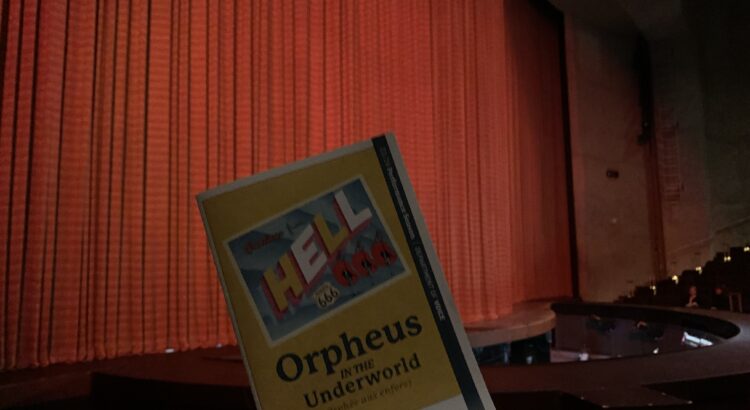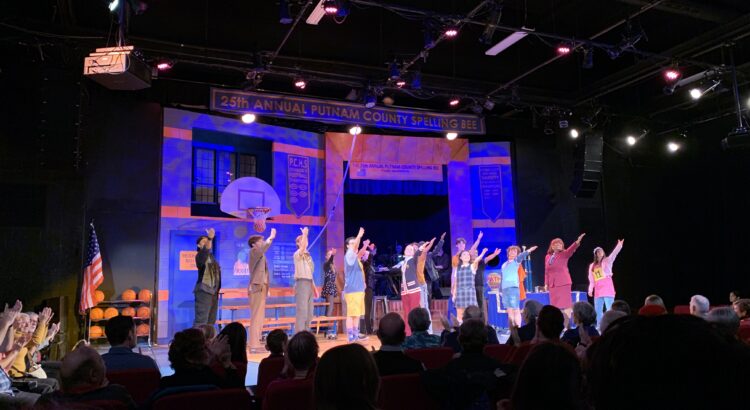The evening of November 16th at Hill Auditorium allowed for a beautiful night of music from the University of Michigan’s SMTD Choirs. University Choir, Orpheus Singers, and Chamber Choir dazzled audiences with Beethoven’s Mass in C major, Op 86. This performance was conducted by Eugene Rogers and featured many soloists from the chorus.
The majority of this was performed by the Chamber Choir, with additional support from Orpheus Singers and the University Choir joining during grandiose moments. The Chamber Choir is the most advanced choir at the University, featuring some of the best singers in Ann Arbor. [From smtd.umich.edu] “The Chamber Choir performs 6-8 concerts annually in both Hill Auditorium and in special settings, such as the University of Michigan Museum of Art (UMMA), and is often featured at high profile U-M special events. The Chamber Choir has been featured on GRAMMY-winning and GRAMMY-nominated albums; sung with the Detroit and Ann Arbor Symphony Orchestras; performed at conventions of the ACDA and NCCO; and has toured internationally. They perform standard, classical, and contemporary choral works and often perform commissioned works in world premieres.” They remain a high-profile collegiate choir with free concerts throughout the year!
The orchestra that played this evening with the choir was lovely. A full choir performing with an orchestra is always a treat—the sound was unmatched. The combined choirs emit a mighty sound, with well over 100 singers from the music school present. I appreciated the sound provided by the space in Hill Auditorium—it was properly fitting for the group. The blend was well-balanced from the balcony, and I received most of the Latin diction throughout. The work sounded regal in its orchestration, which was fitting for the period and intention.
I’d like to name each soloist from the mass to commend them for fantastic work: Tyler Middleton (MM 25), Amante Pando Girard (BM 24), Juliet Schleffer (MM 24), Amber Rogers (MM 25), Bryan Ijames (DMA Choral Conducting), Jabari Lewis (MM Vocal Performance 25), Genevieve Welsh (MM Choral Conducting 24), Pelagia Pamel (BM Voice 24). Each voice dazzled through the orchestra’s texture, presenting a nuanced sound to the traditional work. I admired their preparation and stamina throughout the performance!
I appreciate Dr. Roger’s thoughtful selections for the choirs, I always find them appropriate and culturally educational. This performance wraps up the 2023 season for the SMTD Choirs. They will be back in January performing at The School of Music, Theater, and Dance’s biggest event of the year, Collage. This will take place on January 20th at 8 pm, in the historic Hill Auditorium. This annual concert is a showcase of all the brilliant work throughout SMTD. It is a “collage” of the music student’s “collage” experience, if you will. It is a highly anticipated event throughout the community and often attracts over 3000 audience members. Get your tickets early!
Image thanks to The University of Michigan’s SMTD Livestream.

